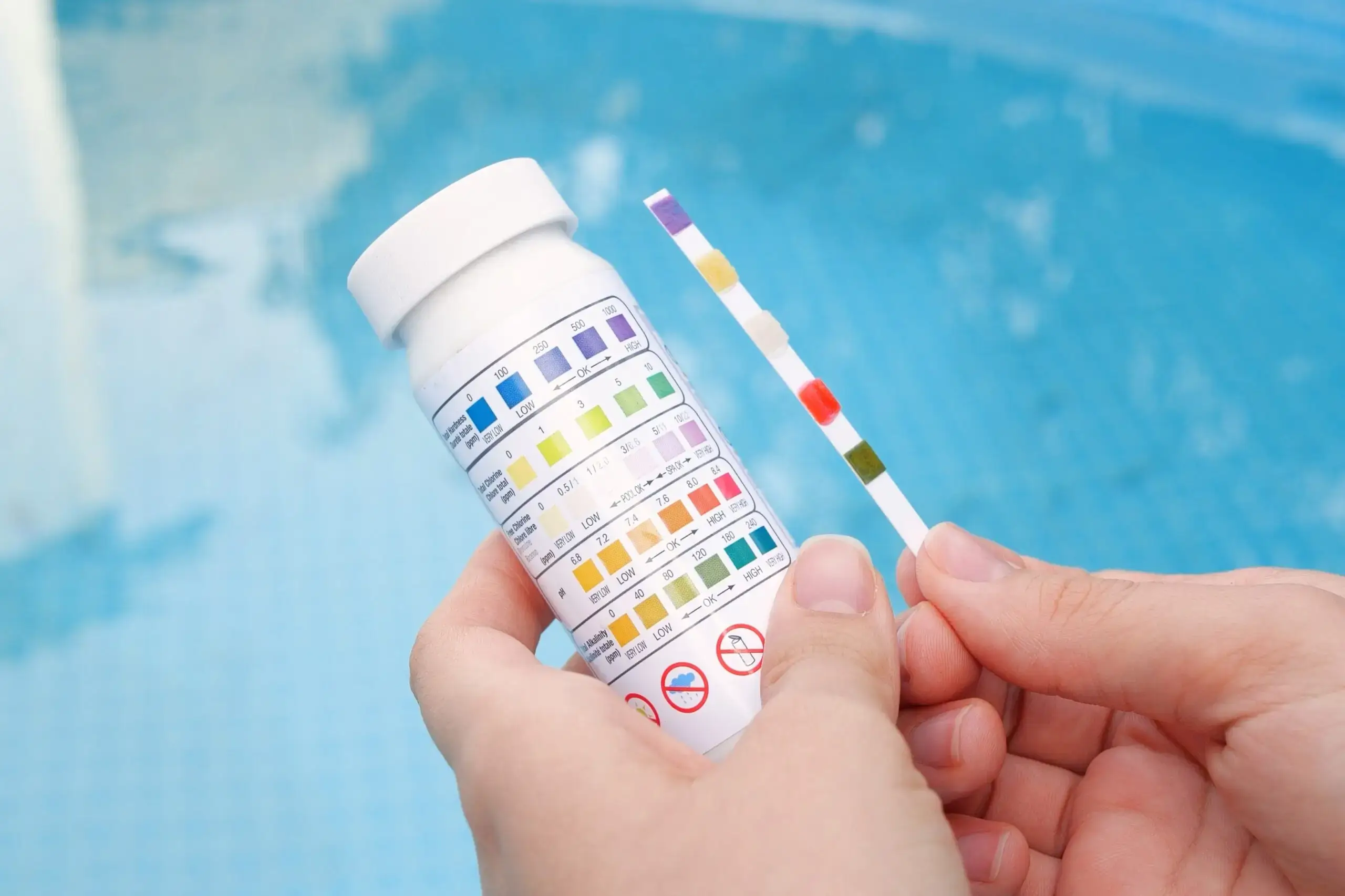

Maintaining the health of communities and ecosystems relies heavily on efficient water and wastewater treatment systems. The water’s pH level is a critical factor influencing chemical and physical properties, impacting contaminant behaviour and treatment processes. Operators must comprehend these effects to ensure optimal system performance and prevent harm to equipment, people, and the environment. Here are some ways how pH control in water treatment helps:
1) pH Fluctuations and Adjustment
Water pH, measuring acidity or alkalinity on a scale of 0 to 14, with 7 being neutral, experiences normal fluctuations. Maintaining levels between 6.3 and 7.6 is ideal. When pH strays from this range, operators may need to introduce chemicals for adjustment. For acidity, soda ash or sodium hydroxide can be added, while alkalinity can be regulated with liquid acids or carbon dioxide.
2) Coagulation and Flocculation Control
In extensive water treatment facilities, coagulation and flocculation play pivotal roles. Precisely controlling the pH within a designated range (typically between 6 and 8) is essential for maximizing coagulant effectiveness and promoting the creation of larger, easily settleable flocs. Straying from the ideal pH range may result in incomplete flocculation, inadequate sedimentation, and diminished efficiency in subsequent filtration processes.
3) Disinfection for Microorganism Eradication
Safeguarding water quality, disinfection is a pivotal step in water treatment, eradicating harmful microorganisms. Optimal efficiency of chlorine-based disinfectants is observed within a pH range of 5.5 to 7.6. It’s imperative to meticulously monitor and adjust the pH to ensure effective disinfection and counteract the formation of disinfection byproducts, such as trihalomethanes (THMs), with a higher likelihood at elevated pH levels.
4) Industry Compliance
Maintaining the integrity of wastewater and drinking water systems hinges on water pH. Industries, to comply, treat wastewater, adjusting pH as necessary. Water that’s overly acidic or alkaline poses a risk of metal leaching, while high-pH water with increased hard mineral content may cause scaling on pipes and fixtures.
5) Balancing pH for Biological Systems
Wastewater treatment systems rely on biological processes like activated sludge treatment and biological filtration to eliminate organic matter and nutrients. The pH level is a key factor influencing the activity and growth of microorganisms involved. Sustaining appropriate pH conditions is critical for the stability and effectiveness of biological treatment systems.
No matter which method of water treatment is used, the fact remains that pH level plays a significant role in every stage of water and wastewater treatment. By recognizing the impact of pH and implementing appropriate control strategies, operators can ensure consistent results. Partnering with Culligan Water Treatment brings an added advantage, providing specialized solutions and expertise to optimize pH levels, ensuring the efficacy of your water treatment processes for healthier, cleaner water.
Continue Reading


